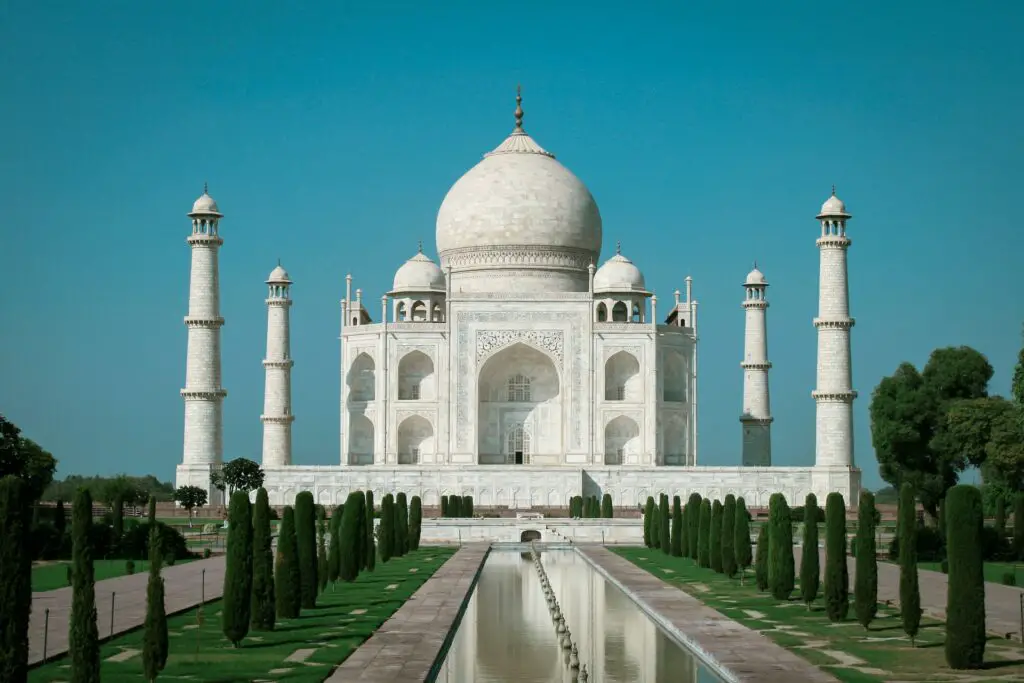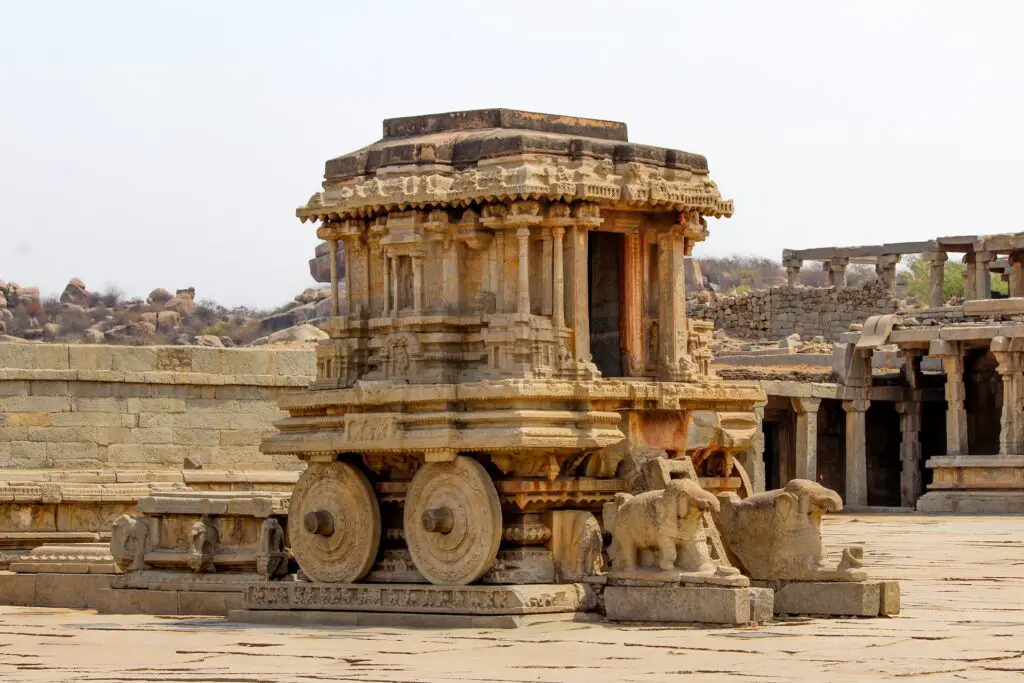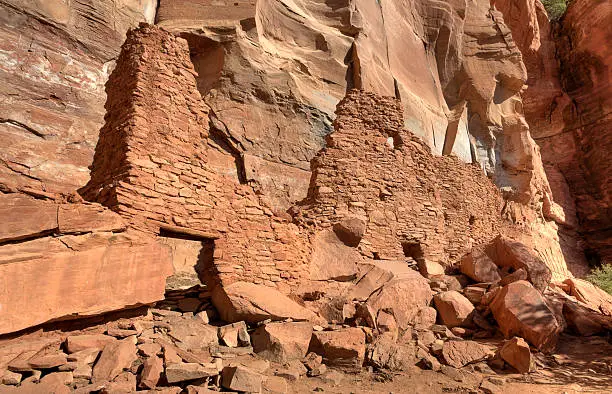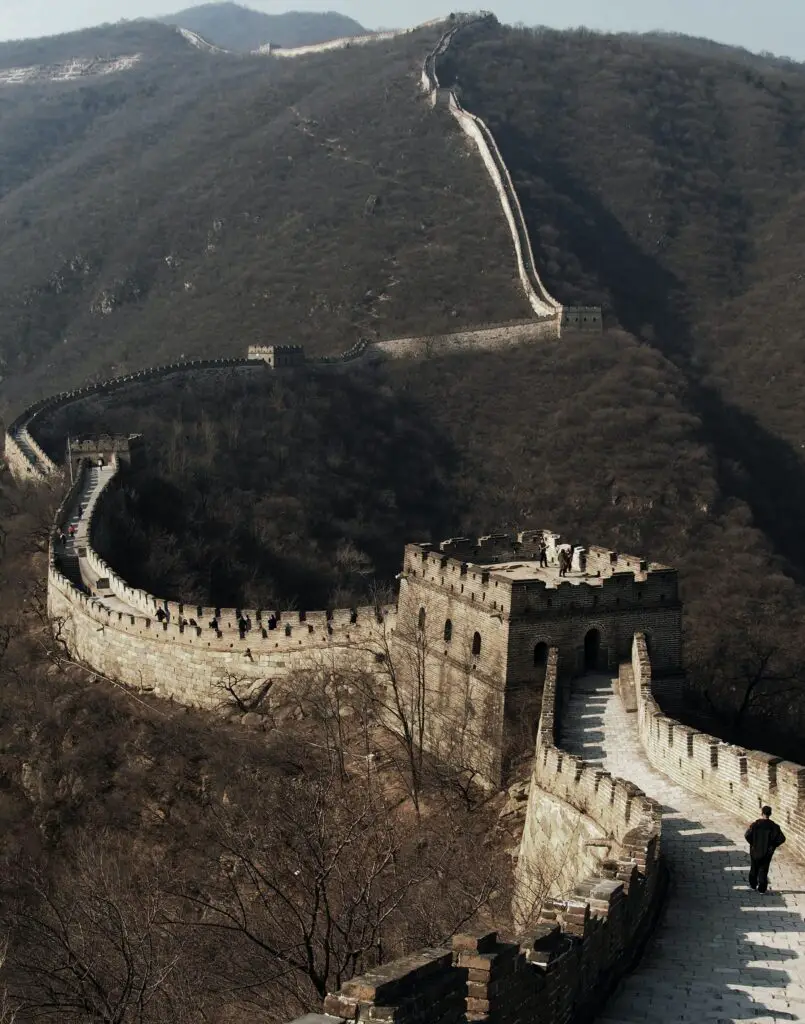China contains total 57 UNESCO World Heritage sites, 2nd place after Italy (59). Temple of Heaven is more popular among that. Temple of Heaven is located in the southeastern part of Beijing city, China, also known as Tiantan in native Chinese. It has a rich history that dates back over 600 years during, the Ming and Qing dynasties.
The Temple of Heaven is majorly used for annual ceremonies of prayers for a good harvest. Today it symbolizes a great masterpiece and engineering excellence with ancient Chinese beliefs and Practices. Temples represent how people’s spirituality and practices are long-lasting and continue over a period of time.
Suggested Read; 10 Truths of Great Wall of China will inspire your next trip.
History of the Temple of Heaven
1. Construction
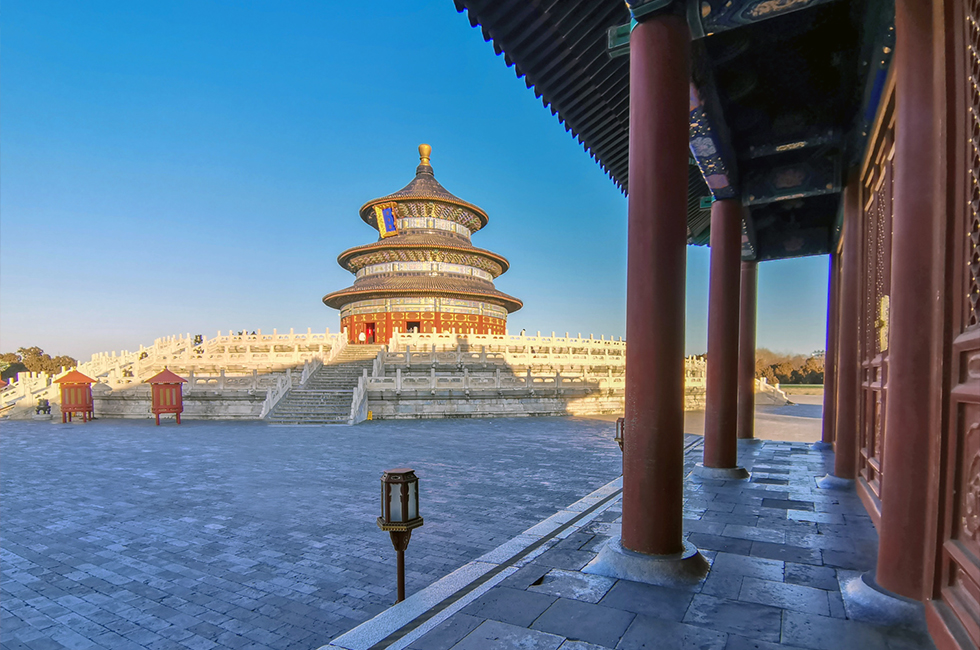
A UNESCO World Heritage site, the Temple of Heaven, Beijing, China was constructed by the famous Ming Dynasty Emperor Yongle in 1406 (Around the 15th century). The primary purpose for building such a great holy temple was to perform the rituals and ceremonies to get a good harvest and prosperity for his empire and people. Interestingly, during the time of the Jiajing kingdom, this temple was renowned and renamed as the “Temple of Heaven.”
Do you know about; Agricultural Bank of China.
2. Purpose and Function

As we know, most Chinese people believe in Buddhism, and the Temple of Heaven is also built according to the Chinese faith. The temple was fully dedicated to the worship of Heaven, as the Chinese believed that the emperor (who ruled China) was the Son of Heaven. Occasionally some ceremonial functions take place here in this temple, on the winter solstice. During ancient periods, emperor offered sacrifices and prayers for a bountiful harvest to his kingdom and people. It strengthens the bond between earth and heaven or human and God.
3. Imperial Rituals
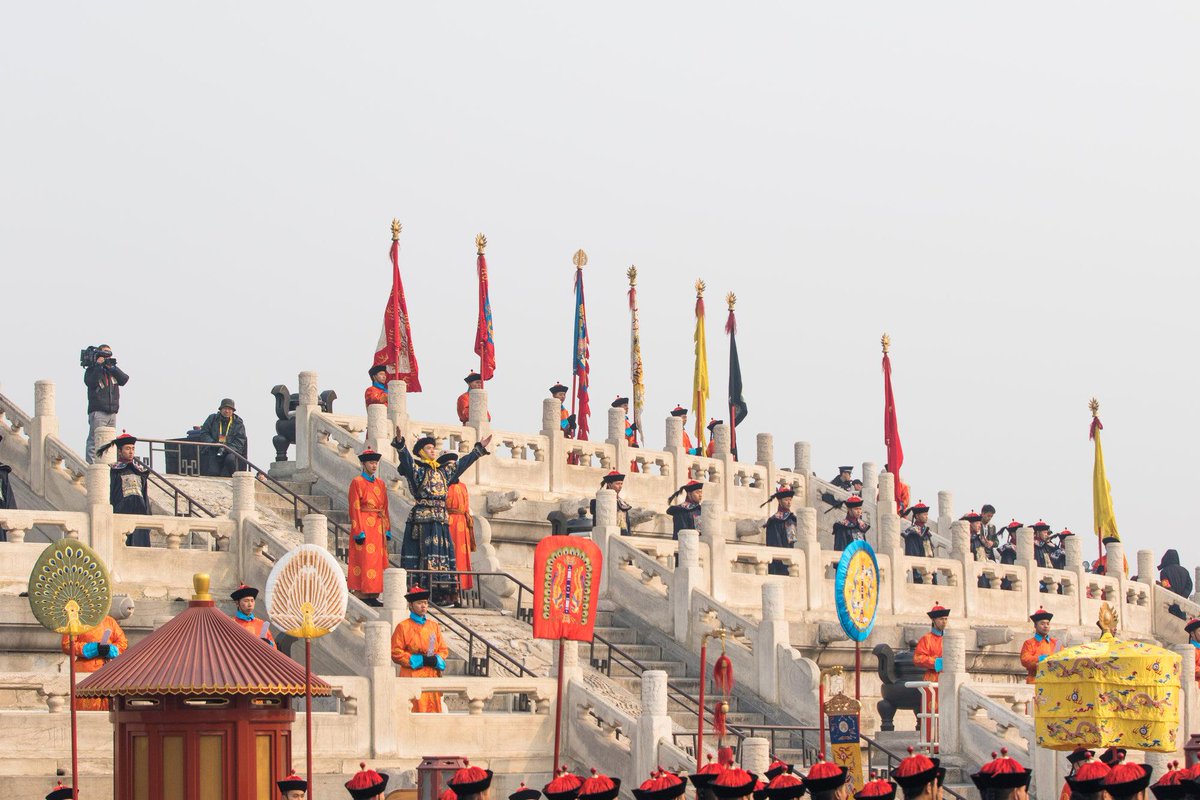
The temple’s functions and architecture stand at the mind of every Chinese cosmogony. Moreover, the Temple of Heaven and its architecture are fully built and designed as per the beliefs and great care of the Chinese. The temple’s inside and outside architecture, layout, and symbolism all had significantly aligned. “Hall of Prayer” is the most vital and crucial building in the temple’s complex for Good Harvests, where the king or emperor would pray for reasons such as agricultural abundance.
Some of the Imperial rites are performed in the Temple of Heaven;
- Auspicious rites (offering to heaven and earth)
- Celebratory rites (offering during wedding)
- Hosting rites (offering at royal court)
- Military rites (declaring war)
- Inauspicious rites (offering during funerals).
4. Historical Importance

The Temple of Heaven is primarily built to perform their rituals. It also led to the creation of some good relationships between political and religious bonds in the life of the people of imperial China. It represented the divine connection between the emperor and Heaven, even with god and humans, legalizing his rule and conditions the Confucian thoughts of harmony even for his order too.
Read more; Logo and Tagline of Industrial and Commercial Bank of China.
5. Maintenance and Restoration
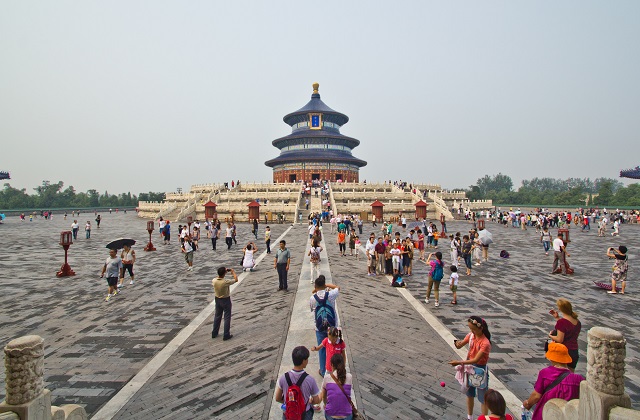
As we said earlier, during the Jiajing kingdom this temple was renowned and renamed as “Temple of Heaven.” In 1749, empowering Quanlong was extended to the Circular Mount Atlar. After the collapse of the Qing dynasty, the Temple of Heaven was neglected and did not got much improvement. Over the centuries, the Temple of Heaven struggled with damage and war and sometimes by the fires and natural disasters.
However, in 1918, the temple complex was turned into a public park. During that time major renovations and restoration efforts have taken place to preserve the original structures. Finally, in 1998, it was designated as a UNESCO World Heritage Site.
6. Today
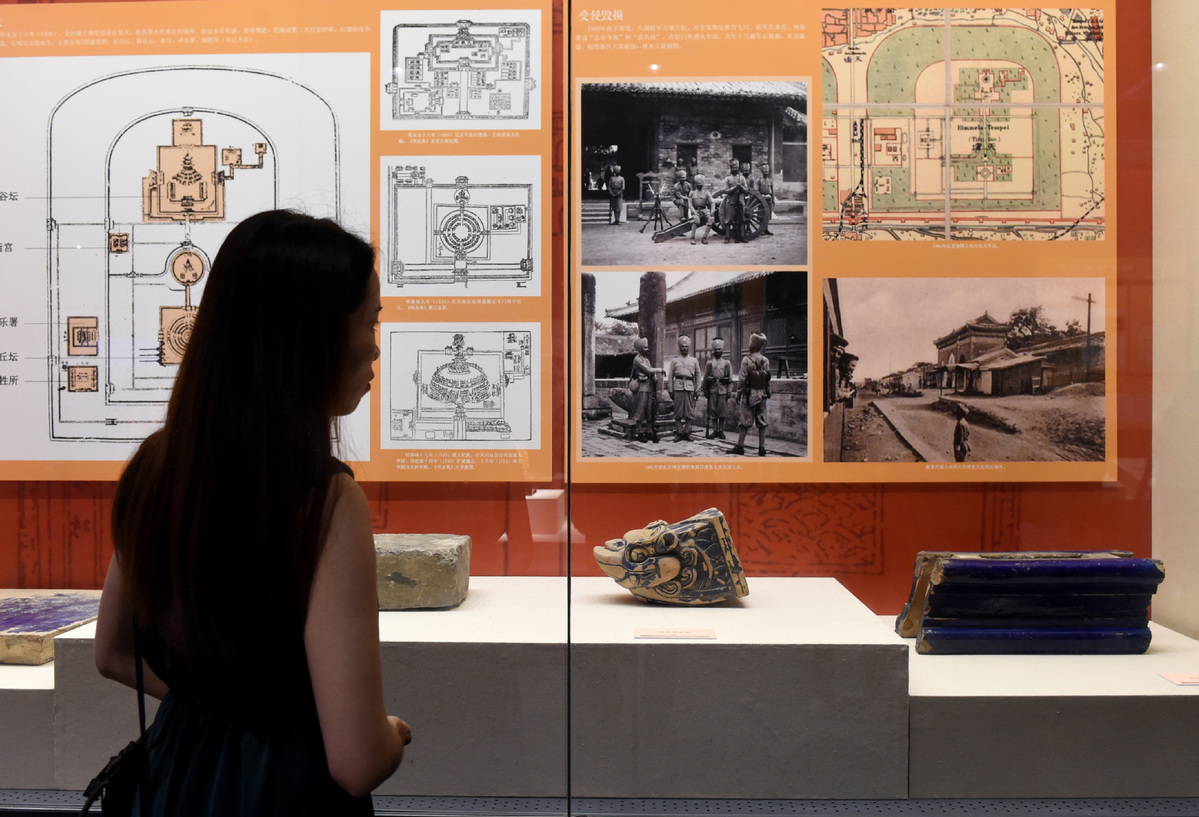
Even today, the Temple of Heaven is considered one of the holy and oldest Chinese temples. A Preserved Temple with Ming tang buildings and Ming and Qing architectural styles. From a traveler’s point of view, the Temple of Heaven is not only a historical site but also a perfect tourist destination to understand past life of China. Showcasing a perfect positive picture of the rich cultural and religious heritage and beliefs of Chinese people.
Easily accessible parks, gardens, and temple surroundings including favorite spots for visitors to engage in various activities such as tai chi, singing, and playing traditional instruments. It is important to book your ticket online well in advance, to avoid long queues in northern building museums.
The architecture of the Temple of Heaven
The complex of the temple is classified into 2 major parts: the Hall of Prayer for Good Harvests and the Circular Mound Altar.
1. Hall of Prayer for Good Harvests

The Hall of Prayer for Good Harvests is an interesting architecture in the entire Temple of Heaven. The architecture of the Temple of Heaven complex contains a circular building with three layers of eaves, representing Heaven, Earth, and Humanity. It’s a triple-gabled circular building with 125 ft tall and 118 ft in diameter.
Inside the hall, visitors can see 38-metre-high wooden-pillared structure, which is made without using single nails. The roof is covered in deep blue glazed tiles, which are the same color as Heaven. The hall stands on a vast area of white marble terrace, representing divinity and purity.
A perfect example of ancient engineering excellence, of its incredible wood carving technologies and artwork. Even today it Chinese believed as people’s beliefs and faith in God and Heaven are long-lasting.
You can also Read; Do I really Need a Travel Insurance?
2. Circular Mound Altar
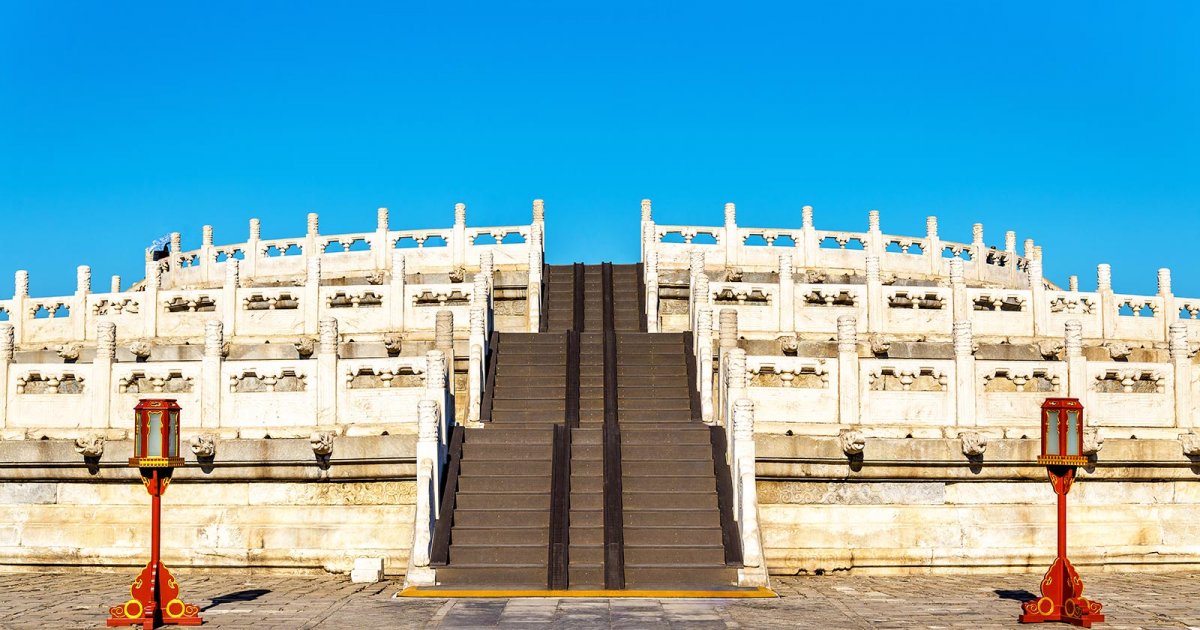
Located in the Imperial Vault of Heaven, The Circular Mound Altar is an empty circular platform with 3 layers of marble stones. You will see in the South of the Hall of Prayer for Good Harvests with decorative carved dragons. It is divided into three circular terraces, each representing Heaven, Earth, and Humanity.
Surprisingly, its central terrace often known as “Heart of Heaven”, just because it is covered by 9 different rings of stones. “Heart of Heaven” or Supreme surrounded by nine concentric rings of stones, representing the nine supernal levels. It shows 9 stones and its unique and importance in Chinese cosmology, which shows special yang numbers.
3. Echo Wall and Triple Sound Stone

The Temple of Heaven or Imperial Vault of Heaven is surrounded by the Eco wall. The wall is a circular shape (193 meters) where sound waves travel along the curved surface. Sound can listen from another person who is standing in the opposite direction. Take a stroll along the Echo Wall and experience the unique audio phenomenon where sounds echo passing along its arched path. The eco wall is also called the “Whispering Wall.”
Triple Sound Stone, is a rectangular stone that produces three distinct echoes when a person stands on the center of the stone and claps. Sound stones pave the central entrance to the main temple.
4. Imperial Vault of Heaven and Fasting Palace

Founded in 1530, the 9th year of the Jiajing emperor’s reign. The Imperial Vault of Heaven is in the smaller circular form, situated north of the Circular Mound Altar. It is the place of the ceremony of worshipping heaven. Sacred Tablets and other important ceremonial objects are held in this space. West Annex Hall and East Annex Hall also come under the Imperial Vault of Heaven.
The fasting palace is very near to West Heavenly Gate, where the emperor would fast and purify himself before conducting rituals at the temple. He use 3 days prior conducting rituals at the round altar. Empower should completely avoid things like alcohol, meat, and physical relationships during these periods.
Travel Tips
Some of the Travel Tips are required to a Travers before leaving to Temple of Heaven;
Suggested Read; Art of Travel Tips to the Travelers.
1. Location and Opening Hours
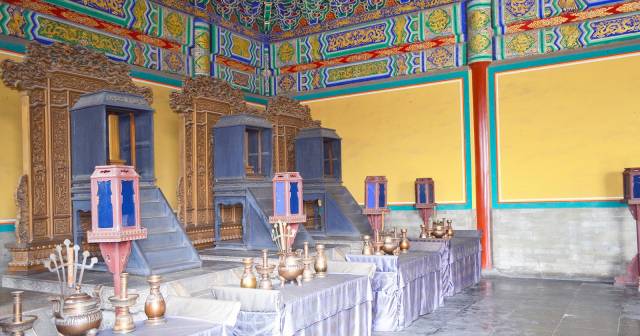
–The Temple of Heaven is located in the southern-east part of Dongcheng, Beijing, China.
-The temple complex opens daily.
From April to October, it opens daily from 6:00 AM to 9:00 PM.
From Nov-Mar it opens daily from 6:30 AM to 9:00 PM.
2. Getting There
-By Subway

The nearest subway station to the Temple of Heaven is Tiantan Dongmen (Line 5). From Tiantan Dongmen station visitors need to take a short walk from the Temple of Heaven. Or else get off at Tianqiao station (Line 8).
-By Bus
There are a number of bus transportations available to reach the temple. Availability of bus numbers are below;
Take bus numbers 2, 20, 35, 36, or 39, 53, 71, and 72, which stop near the Temple of Heaven.
3. Ticket and Entry Fee
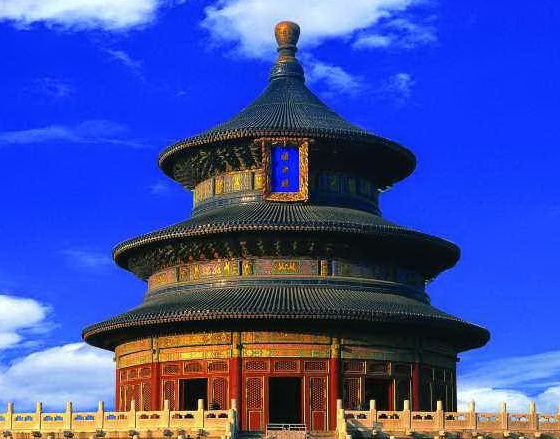
Ticket prices for the Temple of Heaven always vary on the basis of season and particular parts of the temple (whether h/she want to visit only the Main hall or access to all areas). It is better to purchase a full-access ticket to explore the entire temple complex including the Echo Wall, Imperial Vault of Heaven, and Mound Altar.
|
Adults aged above 25 years. |
Combo Ticket (Peak season April to Oct).
Admission Ticket (Peak season April to Oct). |
CNY 34
CNY 15 |
|
Minor aged below 25 to 18 years. |
Combo Ticket (Peak season April to Oct).
Admission Ticket (Peak season April to Oct). |
CNY 17
CNY 08 |
Note: It is better to buy tickets well in advance (before 7 days)in online to avoid long queues.
4. Best Time to Visit

As we said earlier, the Temple of Heaven is heavily crowded during the month between April to October. Sometimes even during Chinese holidays and weekends too.
So, better to visit early morning or late afternoon to escape from the huge crowd and rush, in order to enjoy more explorative experience. Most of the visitors will prefer to visit during the Spring and Autumn seasons when pleasant weather conditions and seasons are too visitor-friendly.
Imperial Palace, Tokyo, Japan.
5. What to See and Do
-The Hall of Prayer for Good Harvests

Hall of Prayer was built in 1420, an iconic landmark of the temple. Contains 3 parallel circles of wood columns representing 4 seasons including 12 months and 12 hours. Symbol of ancient Chinese belief, praise its marvelous artwork and surrounding accessible parks.
– The Circular Mound Altar

Lingxing gate of the Circular Mound of Atlar, every wall in Circular says something different to visitors from ancient times. As per Chinese beliefs, where, inner wall represents heaven, while the outer wall represents earth. Discover the circular stone terrace where the emperor conducted holy rituals to pray for good harvests and prosperity.
– The Echo Wall

The Temple of Heaven is surrounded by an outer wall called the Imperial Eco wall. Where, enables long-distance voice processing or wireless conversation by people from far away. Take a stroll along the Echo Wall and experience the unique audio phenomenon where sounds echo passing along its arched path. The eco wall is also called the “Whispering Wall.”
– The Imperial Vault of Heaven
It is the central point in the whole Temple architecture. The Imperial Vault of Heaven, built in 1530 by Jiajing, primarily used for heaven worship ceremonies. Never miss exploring stunning circular buildings where the king would store the Sacred Tablets.
6. Additional Tips
– Better to wear comfortable lightweight and flexible shoes since complex is quite large, and you will get too long of walking time.
– Bring a hat, sunscreen, and plenty of water (for hydrating) especially during the summer months.
– Never forget to obey the rules and regulations of local customs and traditions. Along with respect for the belief and sanctity of the temple.
– Always keep enjoying the park’s iconic and incredible gardens, surroundings, walls, and atmospheres. Picnic and amidst nature will be mesmerising things to enjoy with family.
– Most travelers will prefer to capture memories with a camera, if you are a photographer, and the temple’s park contains beautiful sceneries outside and good architecture inside the palaces.
Conclusion
After discussing details about the History, Travel Tips, and Architecture of the Temple of Heaven, I hope you will get an idea about how rich and prosperous it is. Today, the Temple of Heaven stands as a mind-blowing testament to ancient Chinese architecture, religious beliefs, and imperial traditions. It continues to be a symbol of respect and is admired as a vital cultural identity in modern-day China.
Overall, the architecture of the Temple of Heaven in China showcases the ancient Chinese philosophy and faith in the connections between Heaven, Earth, and Humanity. Its iconic design, symbolic places, and travel-oriented designs make it an architectural marvel and one of the most powerful cultural heritage sites on earth.
Suggested Read; Benefits of Traveling.


